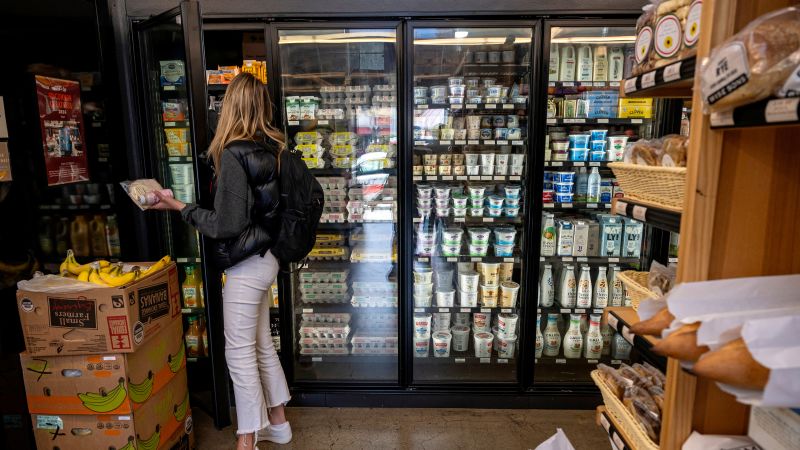Truflation is a real-time inflation gauge that offers a new way to monitor inflation rates in the US. While traditional government sources such as the Consumer Price Index (CPI) and Personal Consumption Expenditures (PCE) provide updates with a lag and can be subject to delays or revisions, Truflation aims to provide more accurate and up-to-date information. The Federal Reserve relies on data from these government reports to make important monetary policy decisions that impact interest rates, Social Security benefits, and wages.
Truflation draws from over 60 data sources to provide information on prices across more than 18 million goods and services, including categories such as housing, clothing, and utilities. By incorporating data from sources like Amazon, Walmart, Nielsen, Hilton, and Zillow, Truflation can offer a more comprehensive and real-time view of inflation trends. Unlike government sources, Truflation does not have as much access to data on education and health care prices, which are significant expenses for many Americans. However, it compensates for this by providing frequent updates based on a wide range of data sources.
The methodology used by Truflation involves assigning relative importance values to various categories based on consumer spending patterns. Housing, which typically accounts for a large portion of consumer spending, is given a higher weight in the calculations. Truflation uses a similar process to the government for determining relative importance but may use different data sources to reflect how consumers allocate their income. While the government’s data is seasonally adjusted, Truflation’s data is not, which can lead to some variation in the inflation rate calculations.
In recent reports, Truflation has closely matched government inflation data, with its predictions aligning closely with official reports. This real-time inflation gauge has gained attention from Wall Street traders, economists, and even some Federal Reserve officials. Traders use Truflation data to anticipate government reports, while economists like Danielle DiMartino Booth rely on it to identify price pressures and economic trends on a daily basis. Truflation’s accuracy and timeliness have led to increased interest from various sectors, including the Federal Reserve, which is exploring the potential use of alternative data sources in shaping economic policies.
Overall, Truflation’s innovative approach to tracking inflation rates offers a valuable tool for assessing economic conditions and making informed decisions. By leveraging a diverse range of data sources and providing real-time updates, Truflation aims to address the limitations of traditional government reports and provide a more dynamic view of inflation trends. As more providers share data with Truflation, the platform continues to evolve and improve its accuracy. With interest from Wall Street, economists, and Federal Reserve officials, Truflation is positioned to become a key player in the field of economic data analysis.













